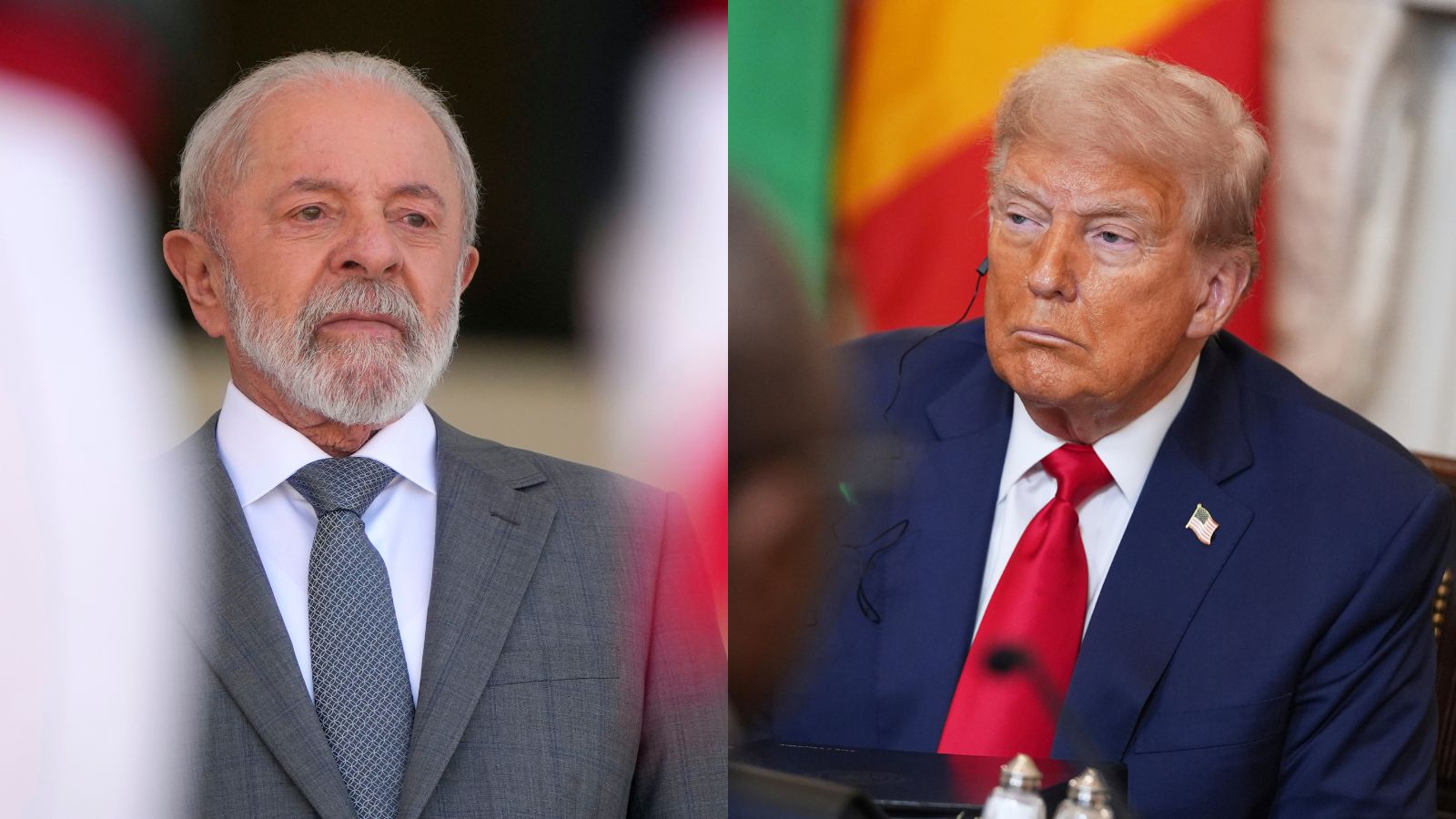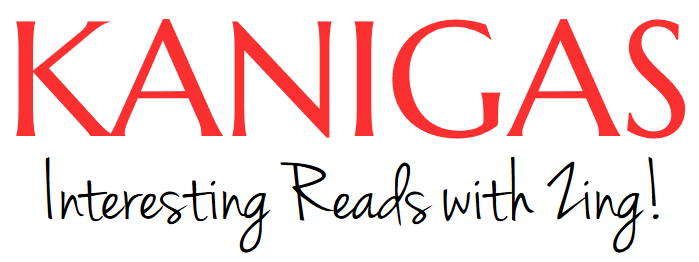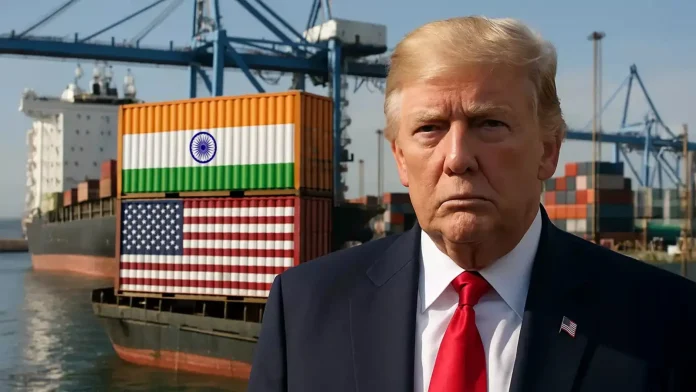- The global community must have felt unsurprised by the tariff announcements from the president of the USA, in line with his often-repeated proclamations over the last few months, culminating in the implementation of the same. Few countries went out of their way to ensure the trade deal between the two was frozen before the deadline set. However, some, like India, were in deep discussions till the last minute to broker a workable trade deal for the mutual benefit of both sides. As you are aware, the Indian delegation did not concede many grounds without compromising on local interests. Agreed, the Indian leadership went out of its way to ensure the maverick and extremely unpredictable Trump would go easy on us. However, it did not happen as planned.

PC: Business Today
- The moot point to ponder over here is what a 25% tariff would entail on the Indian products shortly and the long-term prospects. Let’s ascertain further. For all that we know, Trump may rant, but the road to a trade pact is still open. India should study how Japan, the EU, and South Korea did it. Of course, the sky didn’t fall after Trump’s tariff shock. Sensex ended Thursday just 0.36% lower, and if the markets have held their nerve, so should Indian negotiators working on the trade deal. It’s impossible to answer what now when Trump’s diktats end in ellipses. One moment, he rants about India’s strenuous and obnoxious non-monetary trade barriers, then says talks are still on, you’ll know by the end of this week, then vents again. Sounds too familiar.

PC: The Indian Express
- By mentioning how ‘India and Russia can take their dead economies down together, for all I care’. Notes of petulance and impatience, but no clarity on the Russia penalty he’ll charge on top of a 25% tariff starting August 1st. Which is why Trump’s act feels like a bluff. Perhaps, Trump’s keen on a deal with India than he lets on. So, the Indian side should learn from his recent actions. His 40% additional tariff on Brazil – a total of 50% – is instructive. Starting with the lowest rate of 10% in April, Trump’s hit Brazil with the highest rate now, to meddle in its internal affairs. Last week, he also said Canadian support for Palestinian statehood will make it very hard for the US to make a trade deal. Yet, Brazil isn’t too badly bruised since key industries have been spared.

PC: 2duerighe
- Largely because Brazilian negotiators got their US clients to lobby for them vis-à-vis aircraft, iron, precious metals, wood pulp, energy, fertilizers, and orange juice industries. The Indian side should do likewise. The Korean deal is cushioned by investment pledges. Since agriculture and dairy are key sticking points in Indian negotiations, India could take this approach. Meanwhile, there’s no point in losing sleep over Pakistan’s deal, with an undisclosed tariff and Trump’s promise of developing their massive oil reserves. Instead, the Russian oil question needs all of India’s attention. Until 2022, Russia supplied less than 1% of India’s oil, so scaling back from the current 35-50% level is possible. Let’s worry about geopolitical questions, bigger than the economics of tariffs. Undeniably, India must choose what it needs very carefully.






